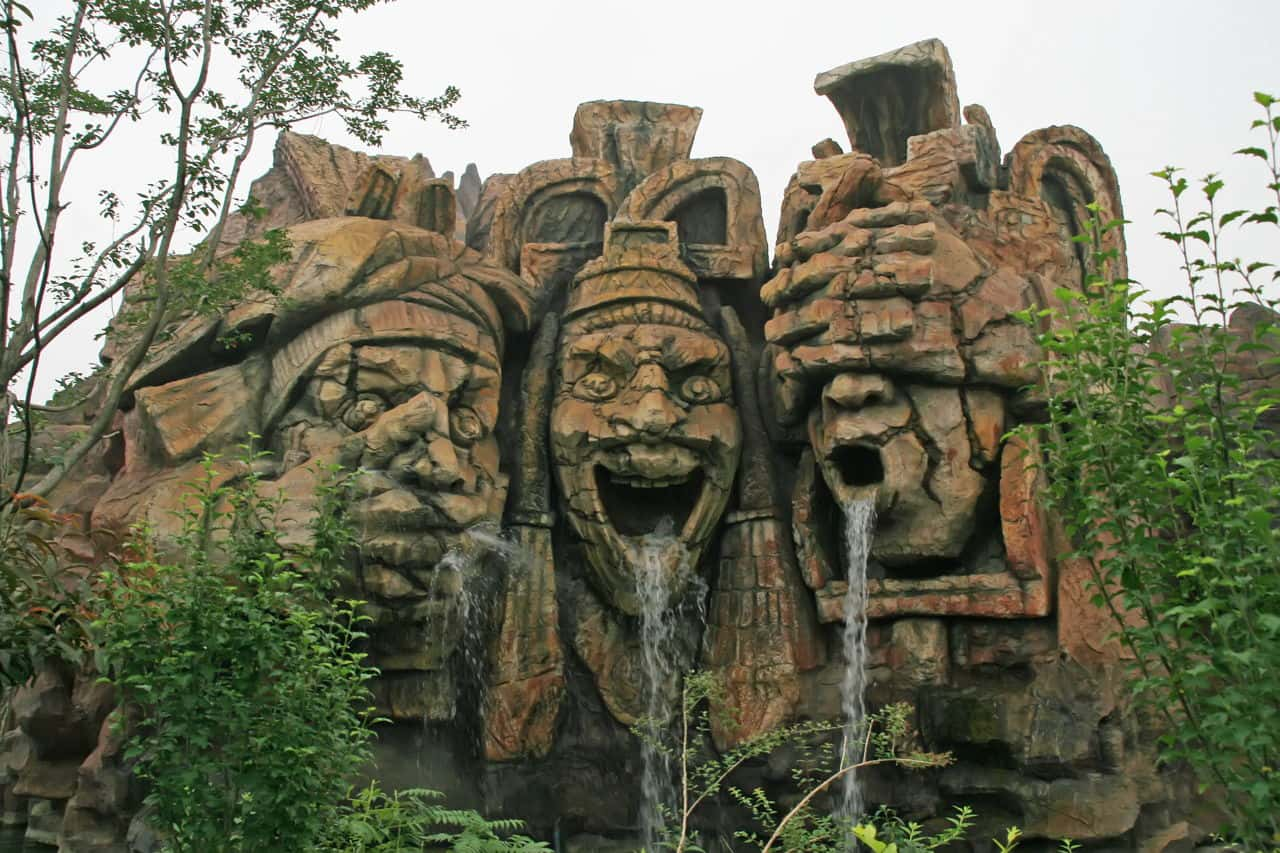
/GettyImages-687928753-5a491204482c520036febe3b.jpg)
(This was the case for the Teotihuacan of highland Mexico, contemporaries of the Classic Maya.) In the southern Maya lowlands, however, there were few navigable rivers for trade and transport, as well as no obvious need for an irrigation system.īy the late 20th century, researchers had concluded that the climate of the lowlands was in fact quite environmentally diverse. Traditionally, ancient peoples had flourished in drier climates, where the centralized management of water resources (through irrigation and other techniques) formed the basis of society.

One of the many intriguing things about the Maya was their ability to build a great civilization in a tropical rainforest climate. They are also credited with some of the earliest uses of chocolate and of rubber. The Maya also made paper from tree bark and wrote in books made from this paper, known as codices four of these codices are known to have survived. Guided by their religious ritual, the Maya also made significant advances in mathematics and astronomy, including the use of the zero and the development of complex calendar systems like the Calendar Round, based on 365 days, and later, the Long Count Calendar, designed to last over 5,000 years. These structures have earned the Maya their reputation as the great artists of Mesoamerica. The Classic Maya built many of their temples and palaces in a stepped pyramid shape, decorating them with elaborate reliefs and inscriptions. They were thought to serve as mediators between the gods and people on earth, and performed the elaborate religious ceremonies and rituals so important to the Maya culture. At the top of Maya society were the kings, or “kuhul ajaw” (holy lords), who claimed to be related to gods and followed a hereditary succession.

The Maya were deeply religious, and worshiped various gods related to nature, including the gods of the sun, the moon, rain and corn. During the Middle Preclassic Period, which lasted until about 300 B.C., Maya farmers began to expand their presence both in the highland and lowland regions. The earliest Maya were agricultural, growing crops such as corn (maize), beans, squash and cassava (manioc). The earliest Maya settlements date to around 1800 B.C., or the beginning of what is called the Preclassic or Formative Period. 250 to 900), and built the great stone cities and monuments that have fascinated explorers and scholars of the region to this day. Most famously, the Maya of the southern lowland region reached their peak during the Classic Period of Maya civilization (A.D. Within that expanse, the Maya lived in three separate sub-areas with distinct environmental and cultural differences: the northern Maya lowlands on the Yucatan Peninsula the southern lowlands in the Peten district of northern Guatemala and adjacent portions of Mexico, Belize and western Honduras and the southern Maya highlands, in the mountainous region of southern Guatemala.


 0 kommentar(er)
0 kommentar(er)
